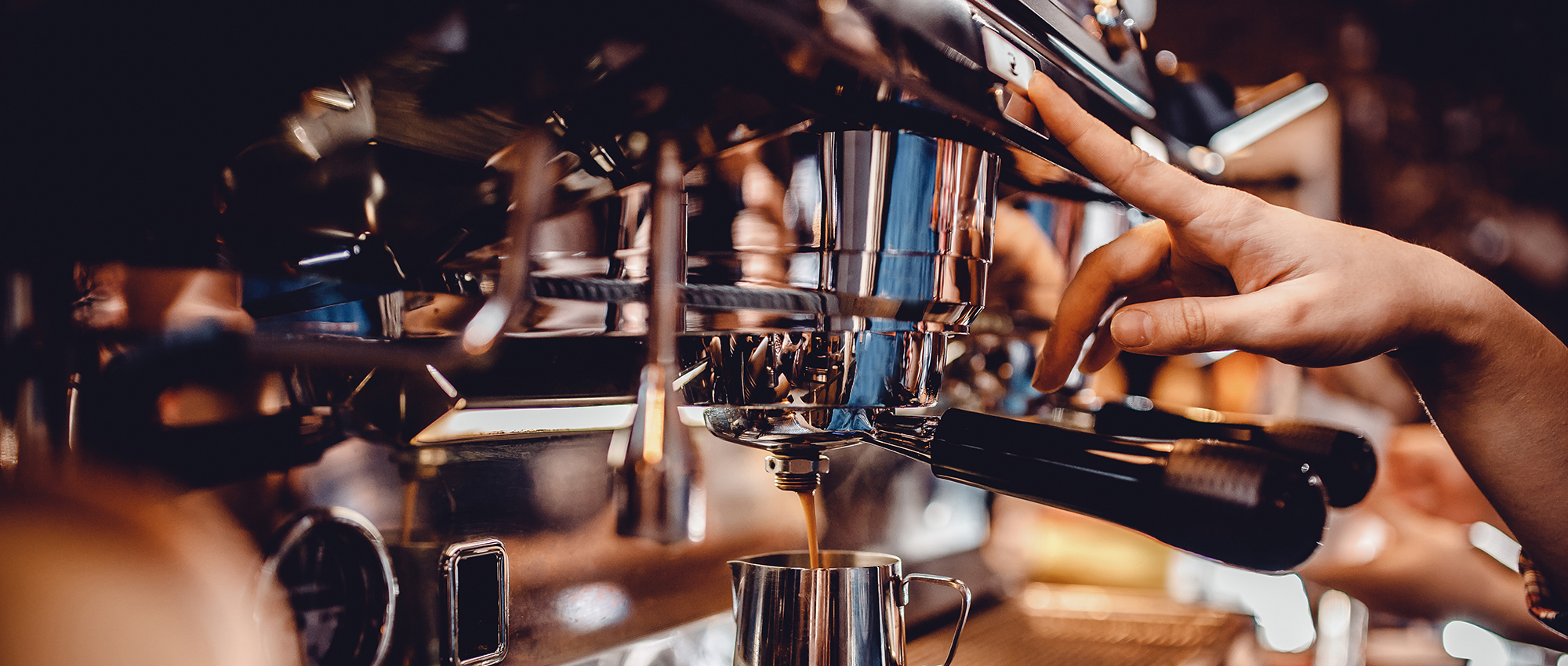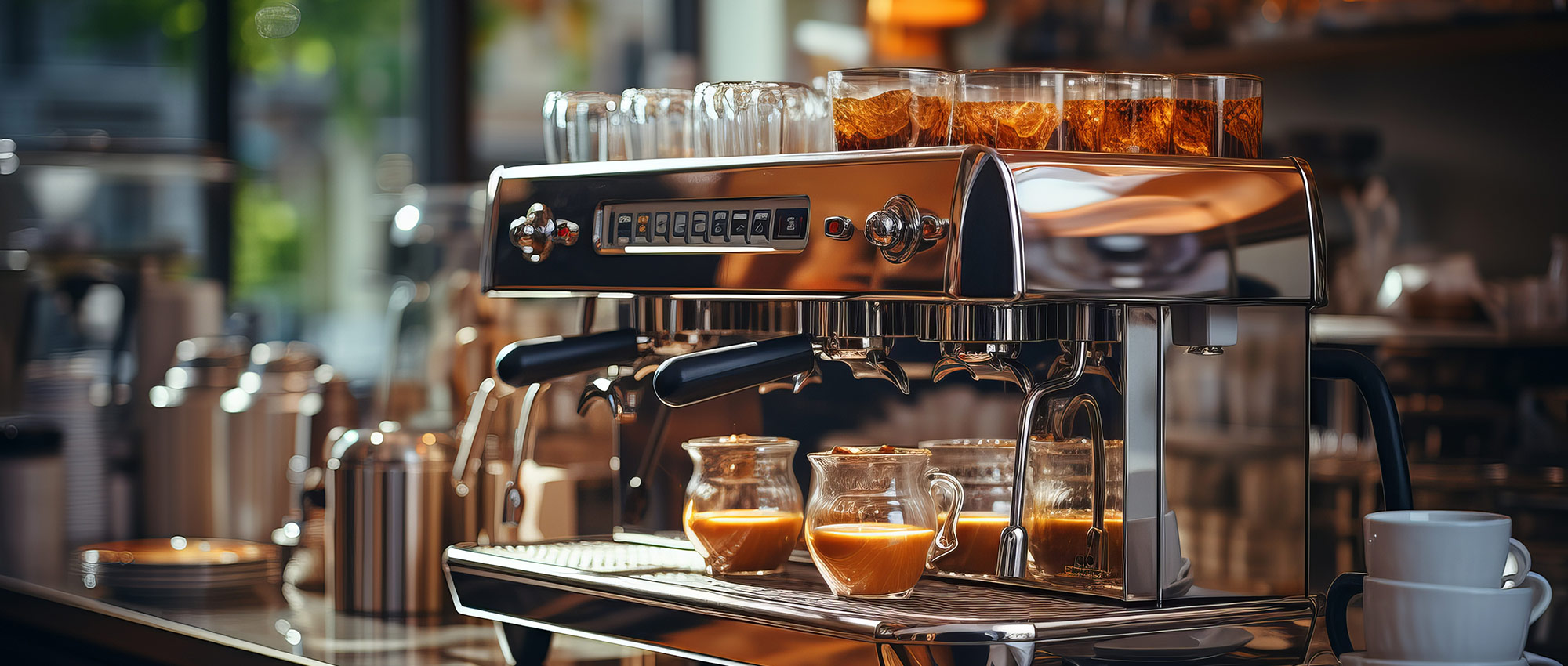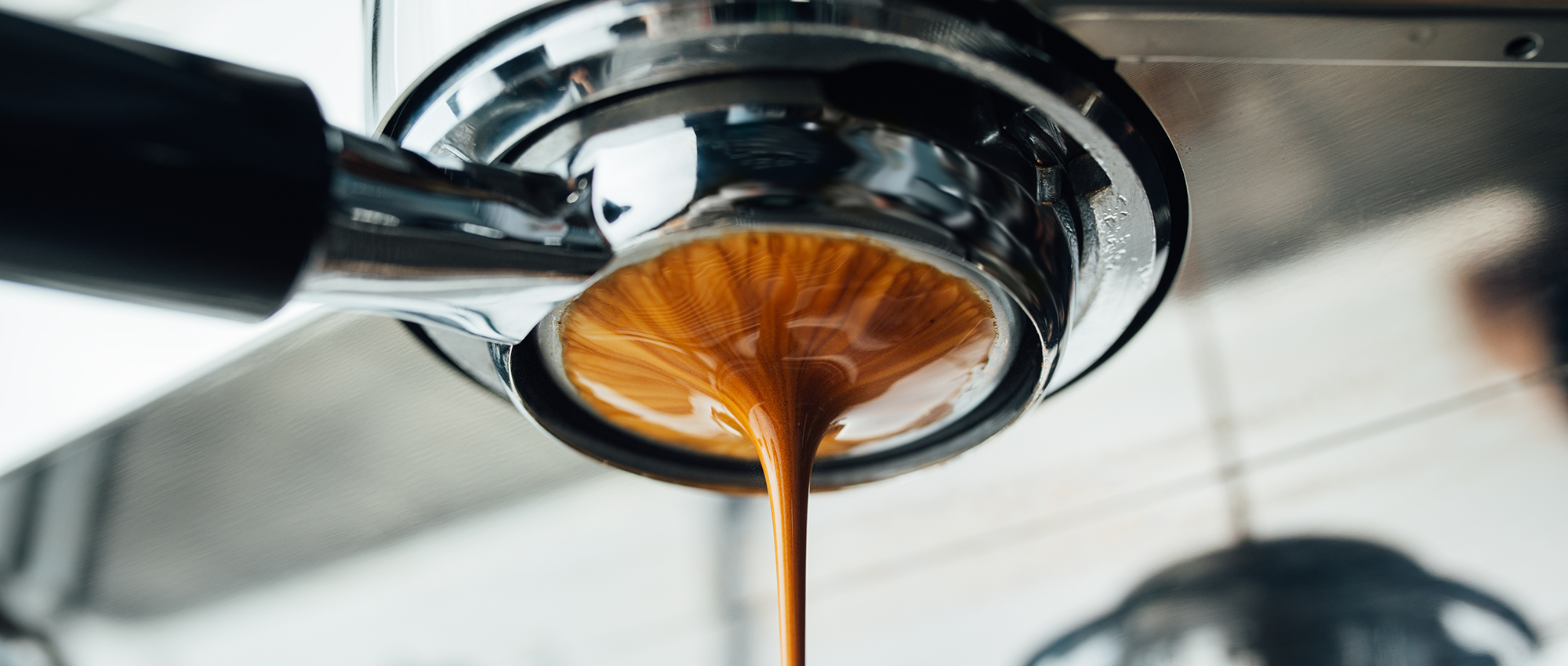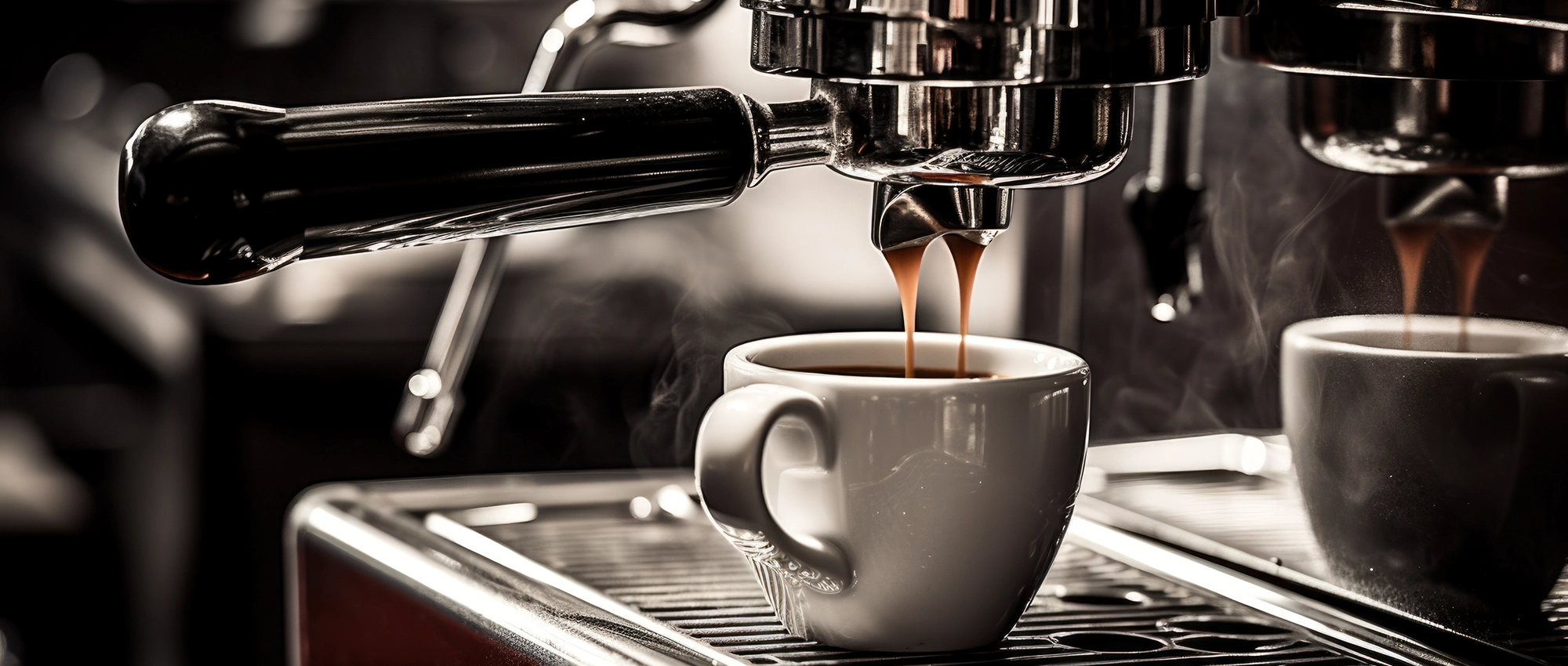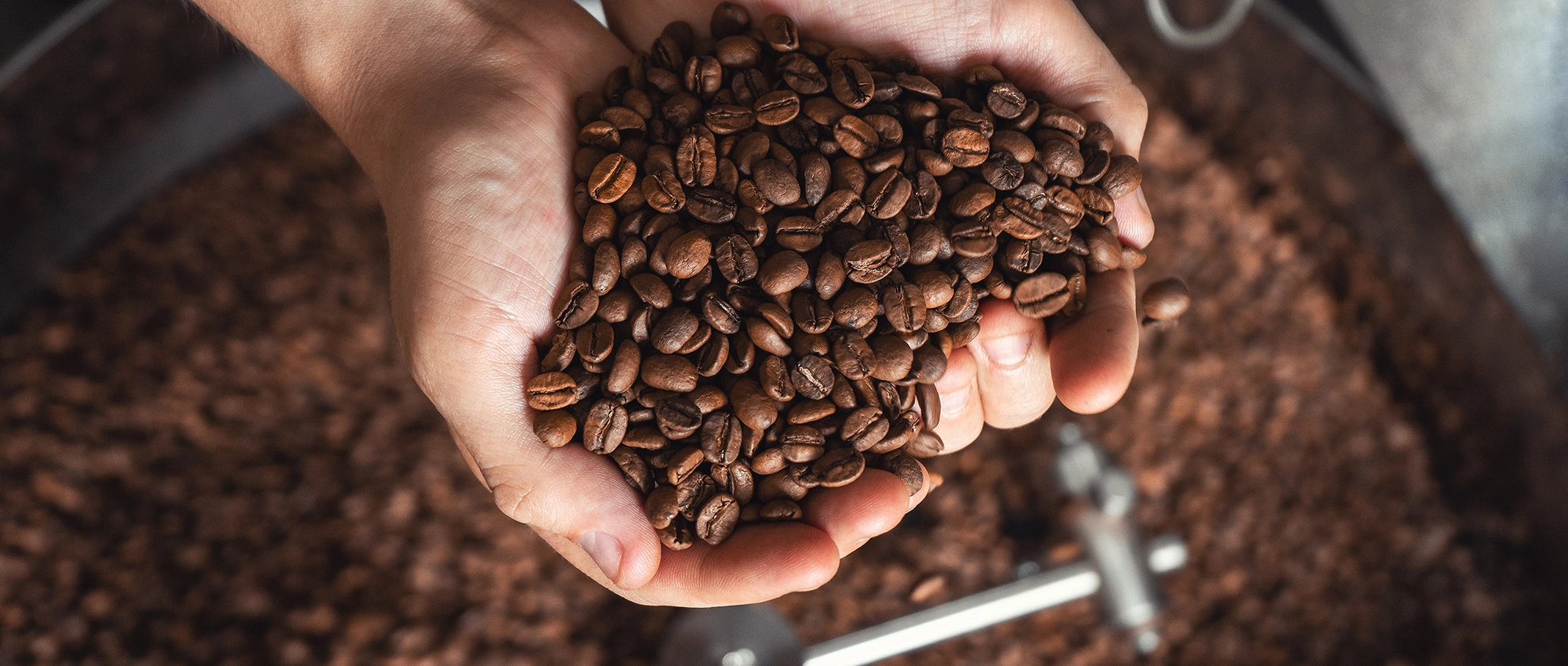The Differences Between Commercial Espresso Machines: A Comprehensive Guide
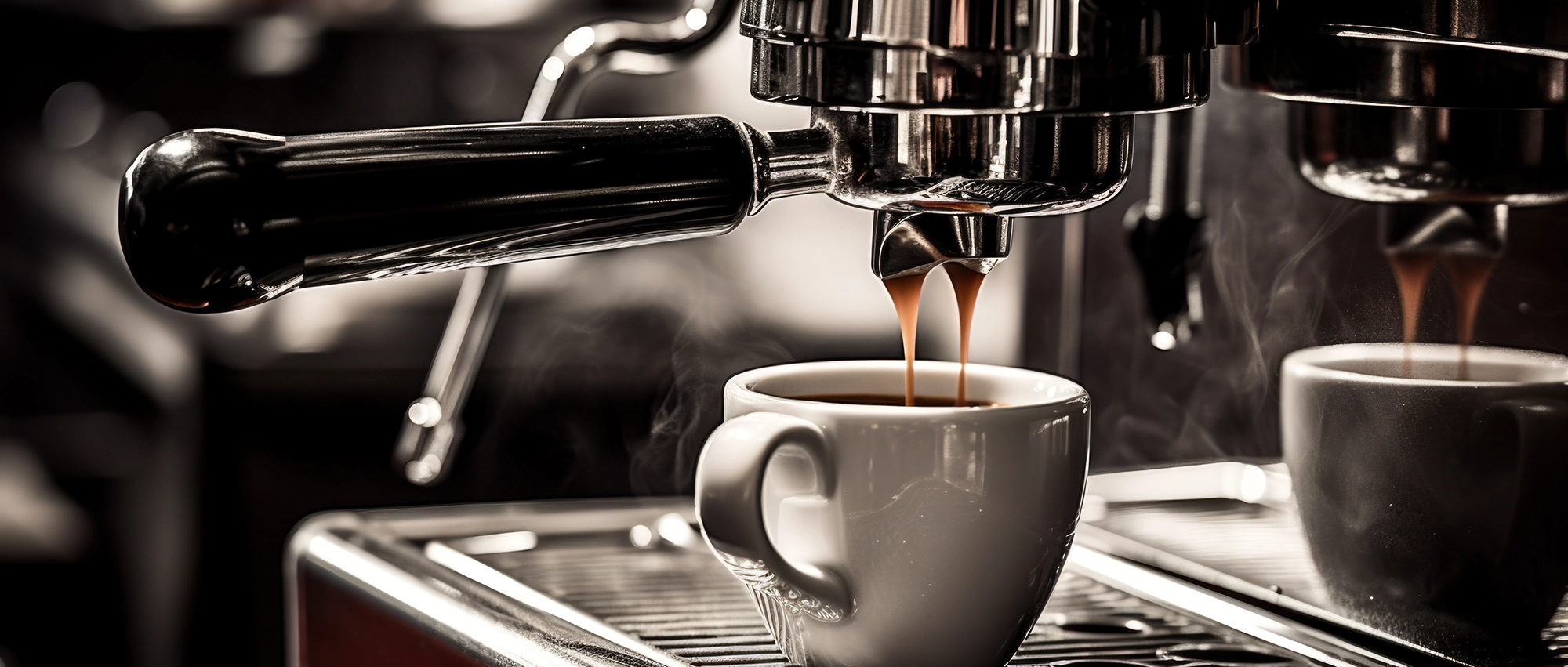
When investing in a commercial espresso machine, understanding the fundamental differences between various types and models is crucial for making an informed decision. From internal heating systems to extraction methods, each design choice impacts performance, consistency, and ultimately, the quality of coffee served. This guide explores the key distinctions that separate commercial espresso machines, with particular focus on the critical internal heating technologies that define their capabilities.
Internal Heating Systems: The Heart of Every Machine
The heating system is arguably the most important component of any espresso machine, directly affecting temperature stability, recovery time, and extraction consistency. Let’s examine the primary heating configurations found in commercial equipment.
Single Boiler Systems
Single boiler machines represent the entry point into commercial espresso equipment. These systems use one boiler to produce both steam and brewing water, requiring temperature transitions between operations. When pulling shots, the boiler maintains brewing temperature (around 200°F). For steaming milk, the temperature must rise to approximately 250°F, creating significant workflow limitations.
Advantages:
- Lower initial cost
- Smaller footprint
- Simpler maintenance
- Adequate for low-volume operations
Disadvantages:
- Cannot brew and steam simultaneously
- Temperature recovery time between functions
- Less temperature stability during busy periods
- Limited in high-volume environments
Heat Exchange (HX) Systems
Heat exchange machines feature a single steam boiler with a separate heat exchanger running through it. Fresh water passes through this exchanger, heating to brew temperature before reaching the group head. This clever design allows simultaneous brewing and steaming, making HX machines popular in many commercial settings.
Advantages:
- Simultaneous brewing and steaming capability
- Continuous steam power
- More affordable than dual boiler systems
- Good temperature stability with proper management
Disadvantages:
- Temperature can vary based on idle time
- Requires cooling flushes between shots
- Less precise temperature control
- Learning curve for optimal operation
Dual Boiler Systems
Dual boiler machines separate brewing and steaming functions into independent boilers, each maintaining optimal temperatures for their specific purpose. This design, popularized by manufacturers like La Marzocco, provides unprecedented temperature stability and control.
Advantages:
- Independent temperature control for each function
- Superior temperature stability
- No waiting between brewing and steaming
- Ideal for high-volume operations
- PID control possible on both boilers
Disadvantages:
- Higher initial investment
- Larger footprint
- More complex maintenance
- Higher energy consumption
Multi-Boiler Systems
Some high-end machines feature individual boilers for each group head plus a dedicated steam boiler. This configuration, found in machines like the La Marzocco Strada and Synesso Hydra, offers the ultimate in temperature control and stability.
Advantages:
- Individual temperature control per group
- Maximum temperature stability
- Different coffees can be brewed at optimal temperatures
- Virtually unlimited steam capacity
Disadvantages:
- Highest cost category
- Largest footprint
- Complex maintenance requirements
- Significant energy consumption
Heating Element Technologies
Beyond boiler configuration, the type of heating elements used significantly impacts performance and efficiency.
Traditional Resistance Elements
Most commercial machines use electric resistance heating elements immersed in the boiler water. These elements convert electrical energy directly into heat through resistance.
Characteristics:
- Reliable and proven technology
- Relatively simple to replace
- Available in various wattages
- Can suffer from scale buildup
Induction Heating
Some modern machines incorporate induction heating technology, which uses electromagnetic fields to heat the boiler material directly.
Characteristics:
- More energy-efficient
- Faster heating response
- Reduced scale buildup
- Higher initial cost
Gas Heating
While less common, some commercial machines offer gas heating options, particularly popular in markets with high electricity costs.
Characteristics:
- Lower operating costs in some regions
- Instant heat adjustment
- Requires gas connection and ventilation
- Limited model availability
Temperature Management Systems
How machines manage and maintain temperature is just as important as how they generate heat.
Thermosyphon Systems
Traditional heat exchange machines rely on thermosyphon circulation, where water naturally circulates due to temperature differences, creating convection currents that maintain group head temperature.
Saturated Group Heads
Pioneered by La Marzocco, saturated group heads maintain direct contact with boiler water, ensuring exceptional temperature stability. Water circulates continuously through the group, eliminating temperature fluctuations.
PID Controllers
Proportional-Integral-Derivative controllers represent a significant advancement in temperature management. These digital systems continuously monitor and adjust heating to maintain precise temperatures, often within 0.1°F accuracy.
Pre-Infusion Systems
Many modern machines include pre-infusion capabilities, allowing low-pressure water saturation before full extraction pressure. This feature can be:
- Mechanical (spring-loaded)
- Electronic (programmable)
- Manual (lever-controlled)
Pressure Systems and Pump Technologies
The method of generating brewing pressure significantly impacts extraction quality and consistency.
Rotary Pumps
Commercial-grade rotary pumps provide consistent, quiet operation ideal for plumbed-in machines.
Characteristics:
- Quiet operation
- Consistent pressure
- Long service life
- Requires plumbed water connection
Vibration Pumps
Common in semi-commercial machines, vibration pumps offer a cost-effective pressure solution.
Characteristics:
- Lower cost
- Suitable for tank-fed machines
- Noisier operation
- Shorter lifespan than rotary pumps
Lever Systems
Manual lever machines use either spring pressure or direct manual force to create extraction pressure.
Spring Lever Characteristics:
- Declining pressure profile
- Consistent shot to shot
- Mechanical simplicity
- Physical effort required
Manual Lever Characteristics:
- Complete pressure control
- Requires skill and consistency
- Ultimate extraction flexibility
- Significant learning curve
Gear Pumps
Found in high-end machines like the Decent Espresso DE1, gear pumps offer precise pressure and flow control.
Characteristics:
- Variable pressure profiling
- Extremely quiet operation
- Precise flow control
- Higher cost
Control Systems and User Interfaces
Modern commercial machines vary greatly in their control sophistication and user interfaces.
Manual Control (E61 Style)
Traditional machines use manual lever valves for controlling shot timing, requiring barista skill and attention.
Semi-Automatic Systems
Push-button activation with manual stop control, balancing automation with barista control.
Volumetric Controls
These systems dose water automatically based on programmed volumes, ensuring shot consistency.
Gravimetric Systems
The latest technology measures extraction by weight rather than volume, accounting for variables like grind size and dose.
Digital Interfaces
Touch screens and app connectivity allow for:
- Recipe programming
- Remote diagnostics
- Performance tracking
- Automatic cleaning reminders
Build Quality and Materials
Commercial machines vary significantly in construction quality and materials used.
Frame Construction
- Stamped steel (entry-level)
- Welded steel frames (mid-range)
- Cast iron or brass frames (premium)
Boiler Materials
- Stainless steel (corrosion resistant)
- Copper (excellent heat conductivity)
- Brass (traditional, good heat retention)
Group Head Materials
- Chromed brass (standard)
- Stainless steel (premium)
- Thermally optimized alloys (high-end)
Workflow and Ergonomic Differences
Machine design significantly impacts daily operation and barista comfort.
Group Head Spacing
Adequate spacing between groups prevents crowding during busy periods and allows comfortable workflow.
Steam Wand Articulation
Range of motion and positioning affects steaming efficiency and barista ergonomics.
Height and Clearance
Cup clearance and overall machine height impact drink preparation flexibility and barista sight lines.
Portafilter Design
Traditional twist-lock versus straight-in designs (like La Marzocco KB90) affect speed and repetitive strain.
Maintenance and Service Considerations
Different designs require varying maintenance approaches and frequencies.
Access to Components
- Removable panels versus fixed casings
- Group head serviceability
- Ease of scale removal
Parts Availability
- Proprietary versus standard components
- Long-term manufacturer support
- Third-party parts availability
Cleaning Requirements
- Automatic cleaning cycles
- Backflushing capabilities
- Scale prevention systems
Conclusion
Understanding the differences between commercial espresso machines requires examining multiple interconnected systems. From the fundamental heating design to sophisticated control interfaces, each element contributes to the machine’s overall performance, reliability, and suitability for specific applications.
The choice between different heating systems often represents the most critical decision, as it affects temperature stability, workflow efficiency, and drink quality. Single boiler machines may suffice for low-volume operations, while busy cafés benefit from the consistency and speed of dual or multi-boiler systems.
Modern advancements in pressure profiling, temperature control, and automation offer unprecedented precision, but traditional designs still have their place. The key is matching machine capabilities to operational needs, skill levels, and quality goals.
Whether choosing a workhorse heat exchange machine for reliable daily service or investing in a cutting-edge multi-boiler system with pressure profiling, understanding these fundamental differences ensures an informed decision that will serve your business for years to come. The perfect commercial espresso machine balances heating efficiency, temperature stability, workflow optimization, and build quality to deliver exceptional coffee while meeting the demands of commercial service.
Gary Downey
Gary Downey
Tags :
Coffee U Sunday: Weekly Coffee Business Education
Get expert coffee insights delivered to your inbox every Sunday. Equipment guides, brewing tips, business strategies, and industry trends to help your business succeed.
Categories
Categories
- Coffee Brewers (1)
- Coffee Business Success (9)
- Coffee Grinders (1)
- Coffee Shop Owners (8)
- Coffee Technology (3)
- Cold Brew Coffee (2)
- Espresso Machines (8)
- Espresso Shots (3)
- La Marzocco (2)
- Maintenance & Service (2)
- Specialty Coffee Drinks (3)
- Water Treatment (1)
📚 Equipment Guides
Comprehensive breakdowns of different machine types, helping you make informed purchasing decisions
 Maintenance Tips
Maintenance Tips
Professional techniques to keep your equipment running at peak performance and extend its lifespan
 Brewing Science
Brewing Science
Understand the ‘why’ behind extraction, temperature stability, and equipment design
 Troubleshooting Help
Troubleshooting Help
Common problems and solutions to minimize downtime and service calls
 Business Insights
Business Insights
ROI calculations, workflow optimization, and equipment selection for your specific needs
 Technology Explained
Technology Explained
Demystifying features like PID control, pressure profiling, and heat exchange systems
Coffee U Sunday: Weekly Coffee Business Education
Get expert coffee insights delivered to your inbox every Sunday. Equipment guides, brewing tips, business strategies, and industry trends to help your business succeed.
Share
Use our search function or browse by category to find exactly what you need. Can’t find an answer? Contact us directly, your question might inspire our next Coffee U article! As we grow, so will this resource, shaped by the real needs of coffee professionals like you.
Start exploring Coffee U today and discover why Bean & Brew Technologies is committed to elevating the coffee industry through education and exceptional service.
Have a question?
We're here to help.



